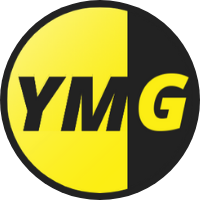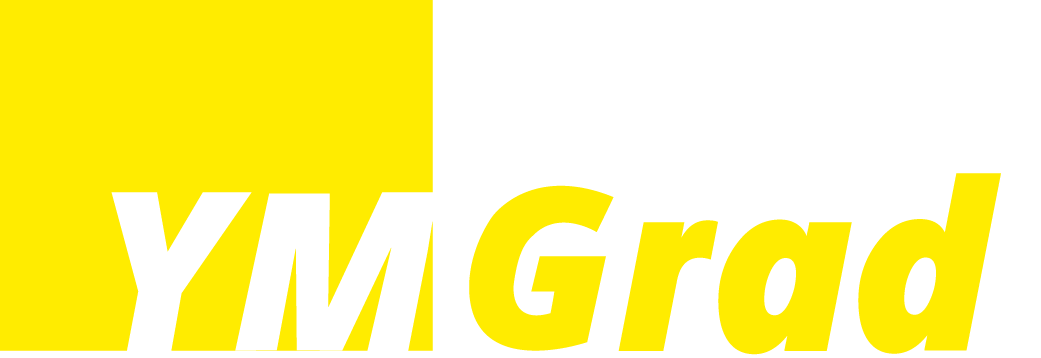Intakes in Ireland: September and January Admissions


Ireland is a top choice for international students with its world-class colleges, rich history, and lively culture. Understanding the intakes is essential for a smooth admission process if you are considering studying in Ireland. In this blog, we will look into these intakes and the timing, significance, and impact on student experience.
Understanding Intakes in Ireland
In addition to the two main intake choices, February and September, Ireland has rolling intakes throughout the year. Autumn deadlines are usually between June and July, while the applications for Spring intake close by November.
Intake | Duration | Deadlines | Nature |
| September | January to June | June to July | Primary Intake |
| January | August to November | November | Secondary Intake |
September Intake in Ireland
The September intake in Ireland is the most popular and is also known as the primary intake. September intake offers the most alternatives in terms of available colleges and programs. Here, the intake offers more program options, and the chances of students receiving financial aid are higher during this intake.
Application Timeline for Autumn Intake
Here is a summarized chart of all the information you need for the September intake:
Month | Information |
| January-April | Research the French universities, courses, and application deadlines and start arranging the required documents. |
| May-June | Work on your essays, resume, transcripts, and other documents. |
| July-August | Hear from universities and attend university interviews. Once accepted, reply to the universities without a delay. |
| August-September | Book flights, arrange accommodation, and finalize financial arrangements. |
Benefits of Autumn Intake
- Matches the Academic Calendar: Starting in September coincides with the traditional school year, which makes it convenient for students to follow along with their courses and activities from day one.
- Easy Transition: The September intake makes the shift from summer break to a new academic year easier, helping students get back into their learning routine.
Range of Course Options: Beginning in September, the university offers a wider variety of courses to students, thus providing more study options.
- Better Social Involvement: Joining the program in September opens the door to a larger group of new students as the intakes are higher here. As a result, you get the opportunity to be a part of more organizations and clubs.
Famous Irish Universities for Fall Intake
- Trinity College Dublin (TCD)
- University College Dublin (UCD)
- National University of Ireland, Galway (NUI Galway)
- University College Cork (UCC)
- Dublin City University (DCU)
- University of Limerick (UL)
January Intake in Ireland
In Ireland, the January intake is a set enrollment time for overseas students at the country's universities and colleges, which is advantageous owing to its flexibility. During the January intake, students in Ireland have different options for undergraduate and graduate education at the institution.
Application Timeline for Spring Intake
Here is a summarized chart of all the information you need for the January intake:
Month | Information |
| January-April | Research the French universities, courses, and application deadlines and start arranging the required documents. |
| May-June | Work on your essays, resume, transcripts, and other documents. |
| July-August | Hear from universities and attend university interviews. Once accepted, reply to the universities without a delay. |
| August-September | Book flights, arrange accommodation, and finalize financial arrangements. |
Benefits of Spring Intake
- Better Application Chances: In January, fewer colleges and programs in Ireland offer admission. This means there's often less competition for available spots.
Receive More Academic Attention: Since the number of students applying for the January semester is lesser, you are more likely to receive personalized attention from professors and academic advisors. This individualized support can help you understand the subject better and enhance your academic success.
- Ideal student-teacher ratio: With lesser intakes, the class sizes are invariably smaller, which increases the opportunity to learn effectively.
Famous Irish Universities for Spring Intake
- Trinity College Dublin (TCD)
- University College Dublin (UCD)
- National University of Ireland, Galway (NUI Galway)
- University College Cork (UCC)
- Dublin City University (DCU)
- University of Limerick (UL)
How to Choose the Suitable Irish Intake
Check the Academic Calendar: Study the academic calendars of the schools you’re interested in to find out when intakes are available and how they fit with your schedule.
- Flexibility: Stay open to different intake options in case of unexpected situations or limited program availability.
- Program Fit: Select schools that offer the programs you want. Check their specializations, course details, and the qualifications of their instructors.
- Financial Planning: Prepare for college expenses by estimating tuition and living costs and looking for available scholarships for your chosen intake.
Availability of Programs in Irish Intakes
When planning to study in Ireland, it is crucial to consider which programs are available during various intake periods.
- September Intake: September is the main intake period for a wide range of undergraduate and postgraduate fields. The popular areas of study during this intake include business, engineering, social sciences, arts, and health sciences.
- January Intake: While this is smaller than the September intake, the January intake still offers significant opportunities for prospective students. This period is especially beneficial for management, information technology, and specialized postgraduate programs.
Intake | % of programs available | Nature |
September | 100% | Biggest Intake |
January | 30% | Limited Intake |
Conclusion
We hope this blog post cleared your doubts about intakes in Ireland and the opportunities they offer. Want to study in Ireland but unsure how to start the application process? Don’t worry—we’ve got you covered! You can get complete application help from us, and allow us to handle your entire application to make sure that every part is clear and consistent and to make you stand out as the ideal candidate.
Frequently Asked Questions!

The Irish government requires all non-European Union (EU) and non-European Economic Area (EEA) students to have health insurance coverage throughout their stay in Ireland.

Yes, for the Master’s program, Irish universities accept the 10+2+3 education system.

When applying to Irish universities, it's essential to clearly explain any gaps in your education in your application. Provide reasons for the gaps, such as personal circumstances or professional experiences that contributed positively to your skills and readiness for academic study.

Yes, many Irish universities offer scholarships specifically for international students, such as the Government of Ireland International Education Scholarships, University College Dublin Global Excellence Scholarships, and Trinity College Dublin Global Business Scholarships. These can help reduce tuition costs significantly.

Yes, there is a spring intake in Ireland, which typically starts in January or February. It is offered by fewer universities and programs compared to the autumn intake, but it can be a good option for those who want to start later in the academic year.

Dublin is often considered the best city for studying in Ireland due to its concentration of universities, vibrant student life, cultural attractions, and opportunities for internships and employment.

The September intake in Ireland is better than the January/February intake because many more options are available. The January intake has fewer universities and programs compared to the September intake. Starting in January also means you will have missed some of the academic year.

Depending on the university or respective institution, student hostel accommodation options in Ireland cost anywhere between €400 to €1000 per month.

If you complete a course of 2 years or more, then the student is allowed to work for more than two years after studying under the Irish General Employment Permit.

Yes, international students on a Stamp 2 visa can work up to 20 hours per week during term time and up to 40 hours per week during holidays. This provides an opportunity to gain work experience and support living expenses.




